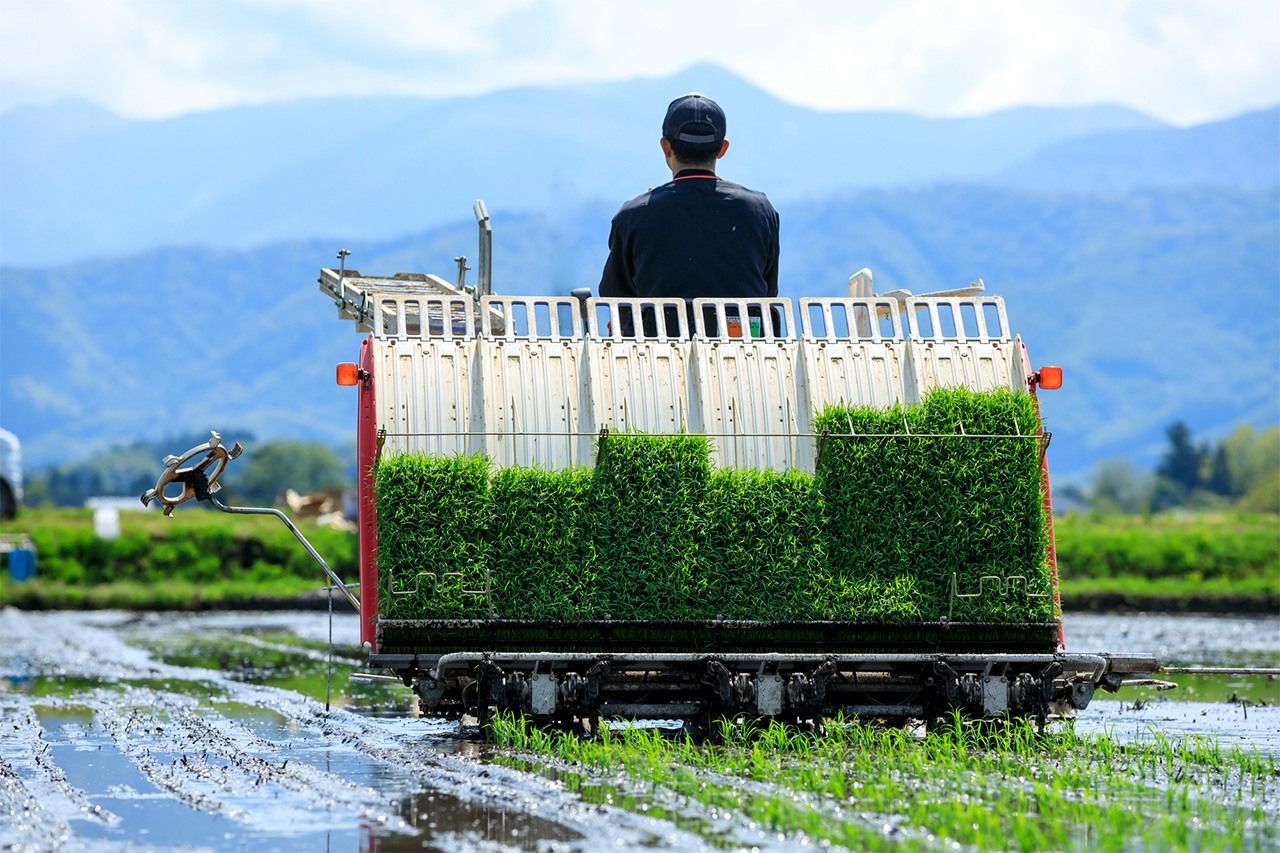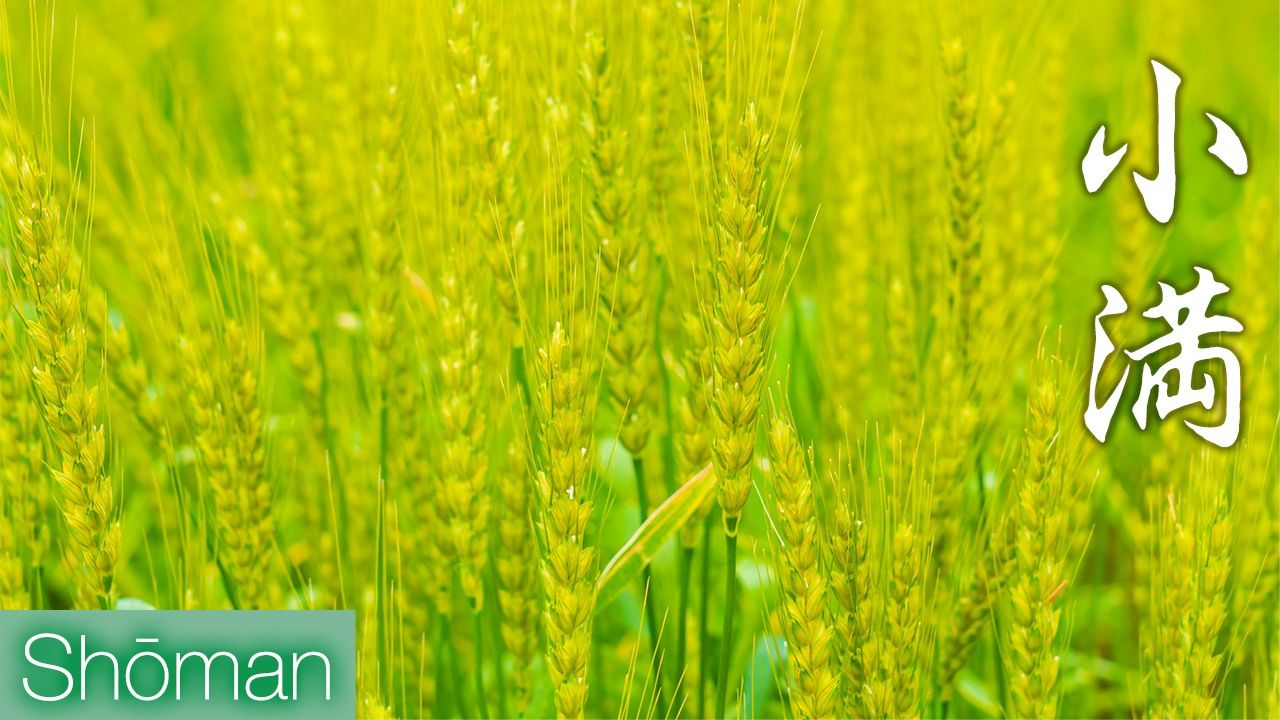
Shōman (Lesser Ripening)
Culture Society Environment Guide to Japan- English
- 日本語
- 简体字
- 繁體字
- Français
- Español
- العربية
- Русский
Shōman (Lesser Ripening) is the name given to the solar term beginning around May 21 on the modern calendar, when crops flourish, and everything is full of life. Its Japanese name Shōman could also be translated as the “small satisfaction” felt by farmers.
This article will look at events and natural phenomena in the period roughly from May 21 to June 5.
Irises
May through June is the peak season for irises, such as ayame, kakitsubata, and hanashōbu. The varieties can be distinguished by the patterns on their petals: ayame are recognizable due to a mesh-like pattern, kakitsubata have a white streak, and hanashōbu feature yellow markings. Hanashōbu are displayed for Children’s Day on May 5. At this time of year, Nezu Museum in Tokyo displays the famous national treasure Kakitsubata by Ogata Kōrin (1658-1716), a pair of six-panel paper screens featuring paintings of the titular irises, to coincide with the blooming of the flowers in the museum gardens.
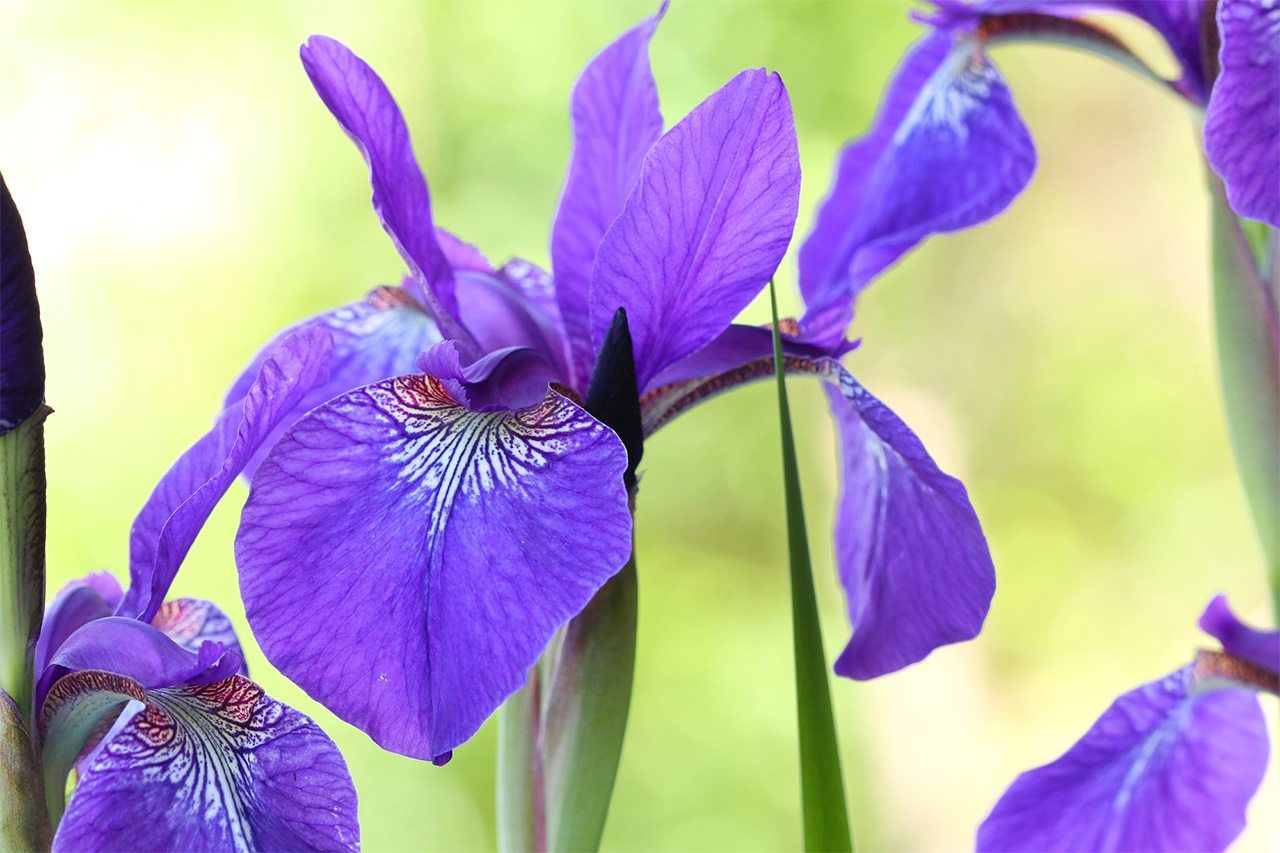
Ayame petals have a mesh-like pattern. (© Pixta)
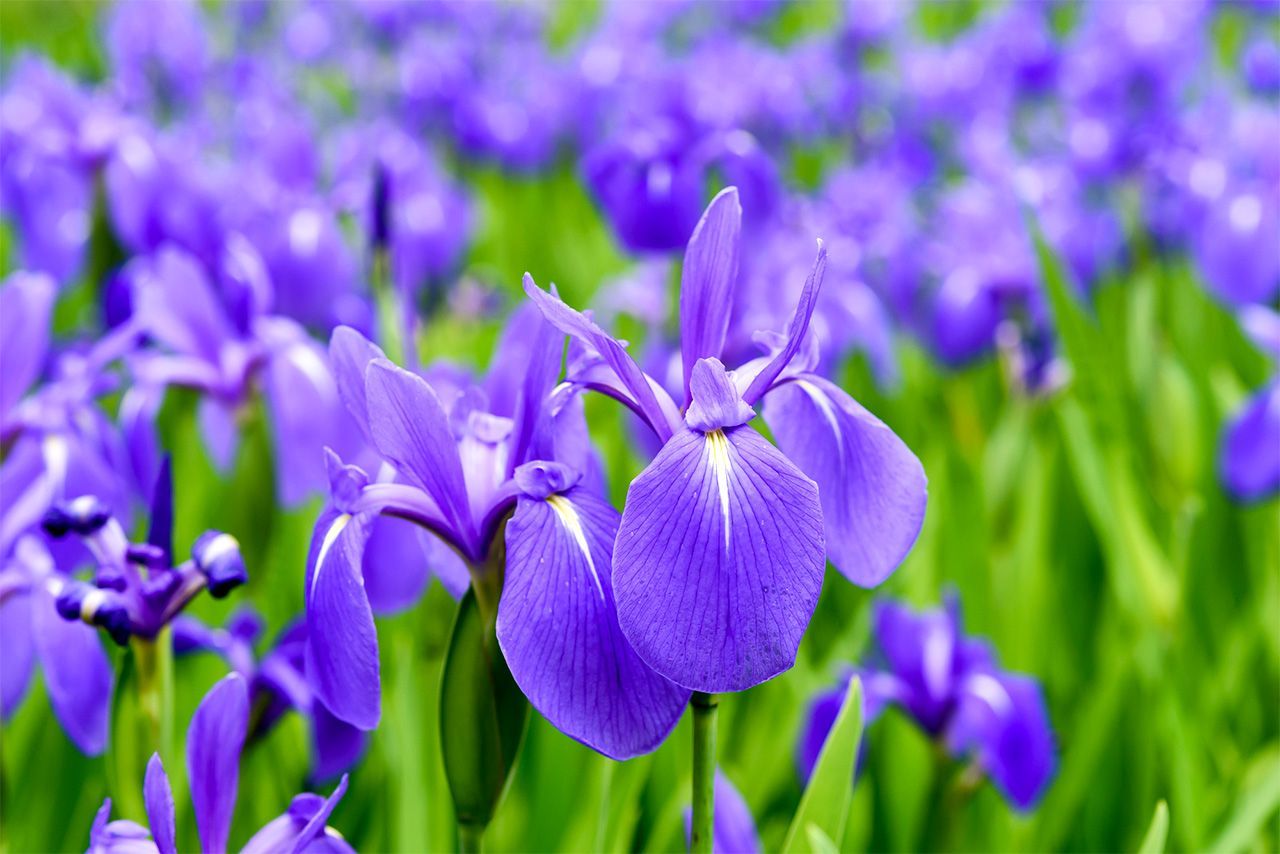
Kakitsubata feature a white streak. (© Pixta)
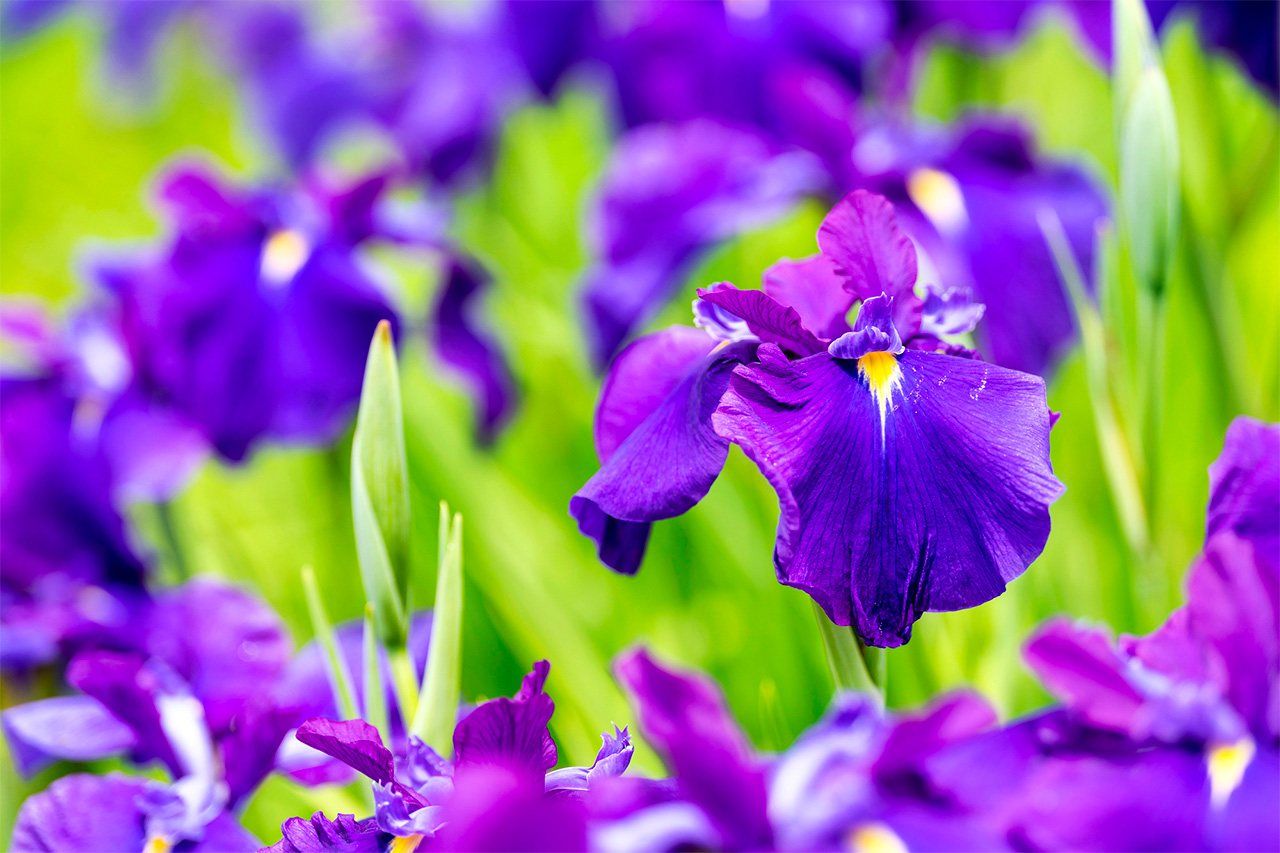
Hanashōbu are noted for their yellow marking. (© Pixta)
Safflowers
Japanese crimson coloring was originally derived from safflowers, although the flowers are mainly yellow. They are mentioned in both the ancient Manyōshū poetry collection and The Tale of Genji, and have been cultivated and used in dyeing since the Heian period (794–1185). Nowadays, Yamagata Prefecture is a key production region, and the Studio Ghibli movie Only Yesterday features safflower farming there. Repeated dyeing produces vibrant colors. The flowers are also used in lipstick and blush.
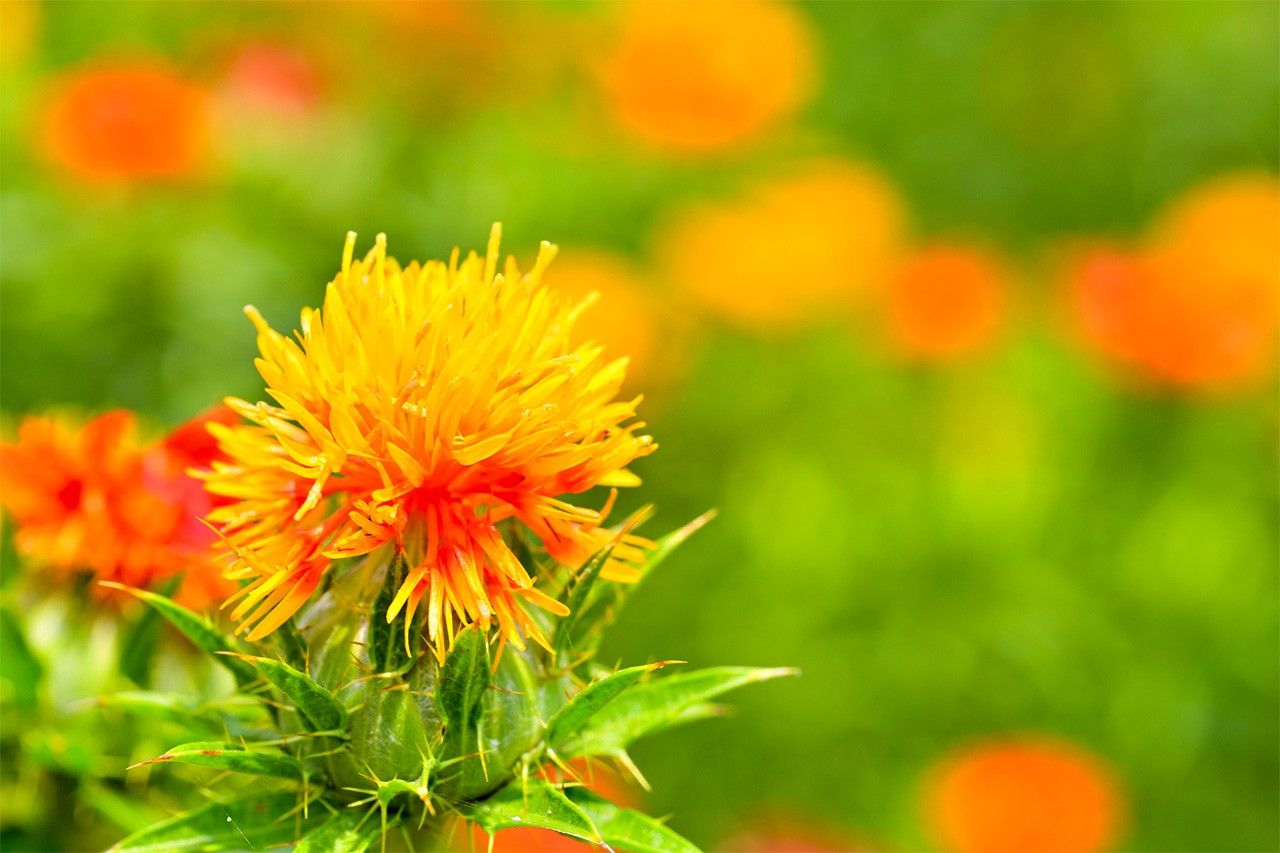
Safflower used in dyeing. (© Pixta)
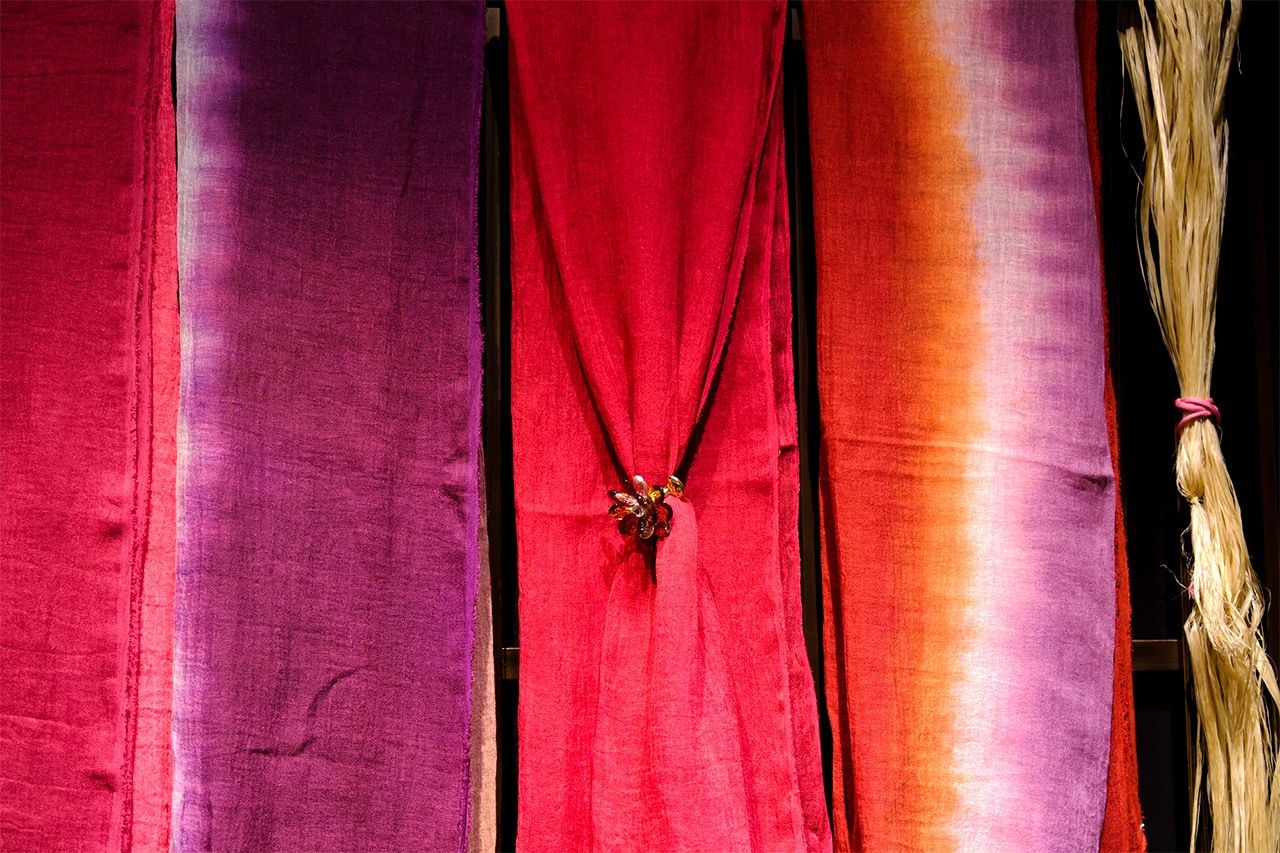
Safflower-dyed fabric. (© Pixta)
Tenjin Festival at Yushima Tenmangū Shrine (May 25)
Yushima Tenmangū, a shrine in Tokyo, holds its annual Tenjin Festival at this time of year. The shrine is dedicated to Sugawara no Michizane, revered in Shintō as the god of learning. Many students visit the shrine prior to exams season to pray for success.
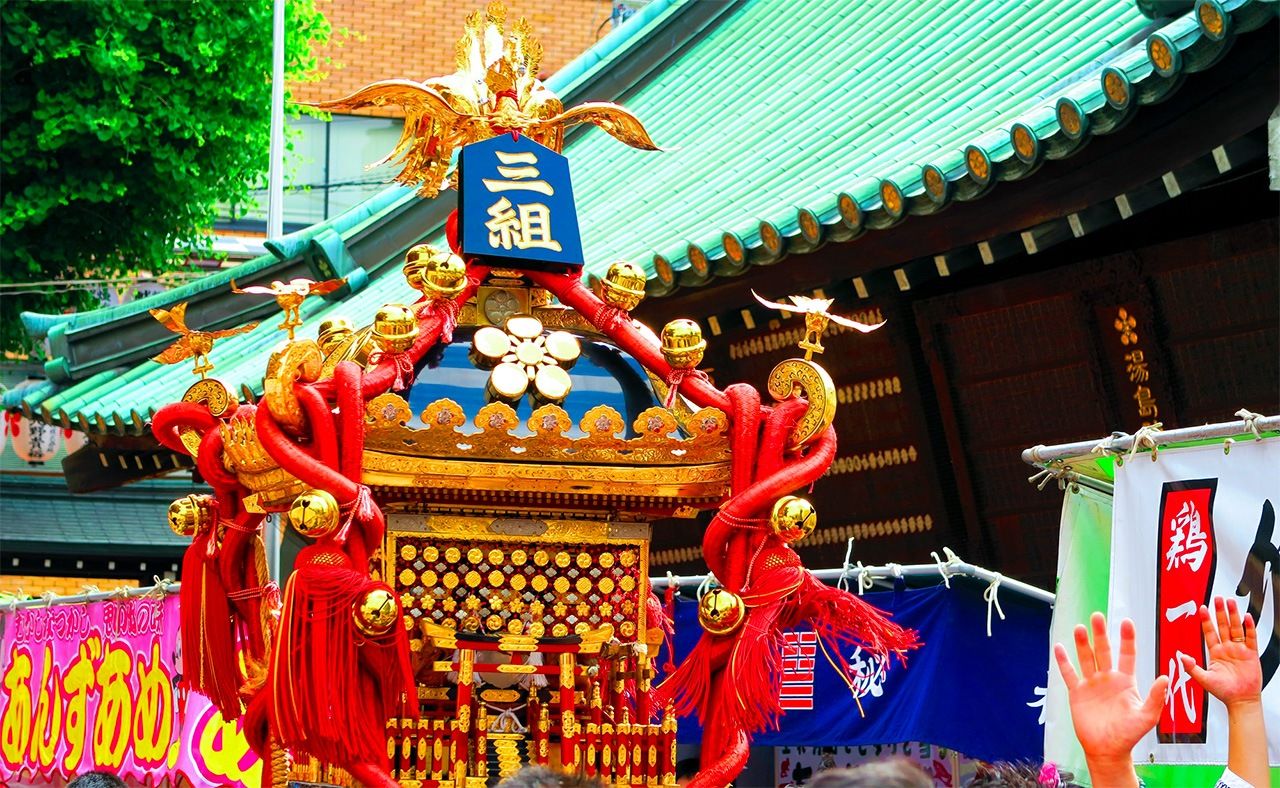
Yushima Tenjin Festival in 2019. (© Pixta)
Gokyūsō Silkworm Ceremony
Silkworms hatch in summer and are fed a steady supply of mulberry leaves. Empress Masako performs a ceremonial feeding of silkworms kept at a silkworm farm within the Imperial Palace in Tokyo. Thread from their cocoons is spun for use in ceremonies and rituals performed by the imperial court.
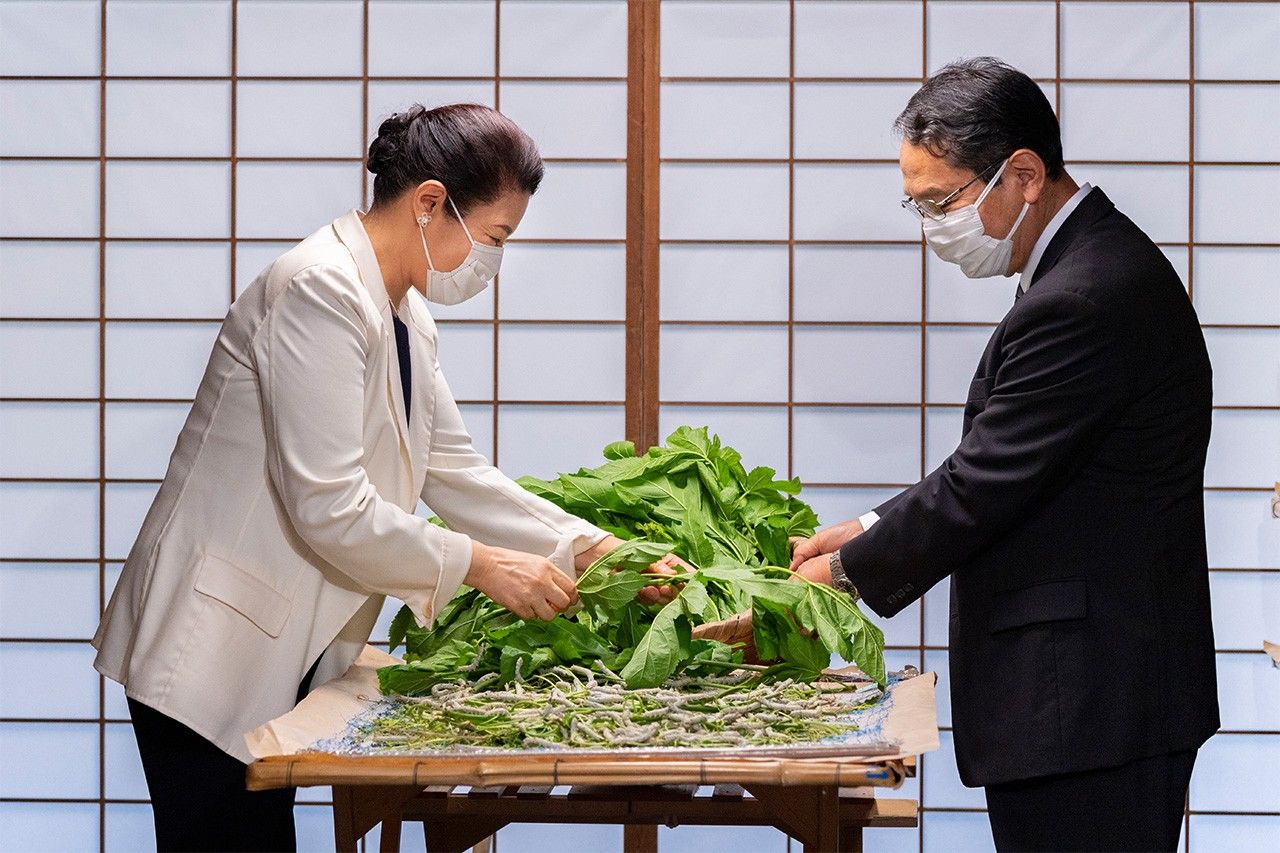
Empress Masako feeding silkworms. (Courtesy the Imperial Household Agency)
Rice Planting
At the start of rice planting, the saori ceremony is performed to welcome the god of the rice field. “Sa” refers to the god, and “ori” means “to descend” (from the heavens). Festivals are held in some regions, known as ondamatsuri or ondasai, at which people eat sekihan (red rice made with azuki beans and mochi rice), and pray for a good crop and good health.
Hashirizuyu
Hashirizuyu or “fleeting rainy season” refers to a brief spell of persistent showers that precedes the rainy season proper. The Japanese Meteorological Agency declares the official start of the rainy season as it creeps northwards up the archipelago.
Shijyūkara (Japanese Tits)
This is also the breeding season of the Japanese tit (Parus minor) throughout the country. It has a black face with white cheeks, and distinctive black striping from its neck, under the body to the tail. From early summer, they lay their eggs and tend to their chicks.
Change of Wardrobe
In Japan, the habit of changing between summer and winter wardrobes in June and October is said to date back to the introduction of uniforms for students and public servants in the Meiji era (1868–1912). The tradition continues today at schools and some companies.

School uniforms for summer (left) and winter. (© Pixta)
Broad Beans
Broad beans grow up as if to reach for the sky, and are therefore called soramame in Japanese, named from sora (the sky). They lose their freshness easily, so they should be cooked soon after purchase. Broad beans taste great boiled in salt, grilled or as tempura, and add a touch of spring to salad, soup, or pasta. In Kagawa Prefecture, dried broad beans are toasted, then soaked in a mix of soy sauce, sugar, and chili pepper. Because they are toasted, not boiled, they have crunchy texture.
Octopus
The common octopus is in season in various parts of the country. Octopus is mentioned in the eighth-century Izumo-no-kuni fudoki, an indication of the appreciation Japanese people have had for it since ancient times. In the Edo period (1603–1868), it was said that octopus was one of the foods loved by women, along with taro and kabocha squash. Octopus is served in many styles in Japan, including as sashimi, boiled, deep fried, vinegared, and as takoyaki dumplings.

Boiled octopus (left), and served as sashimi. (© Pixta)
(Supervised by Inoue Shouei, calendar researcher and author, Shintō minister, and guest lecturer at Tōhoku Fukushi University. Banner photo: Ears of wheat swaying in the summer breeze. © Pixta.)
